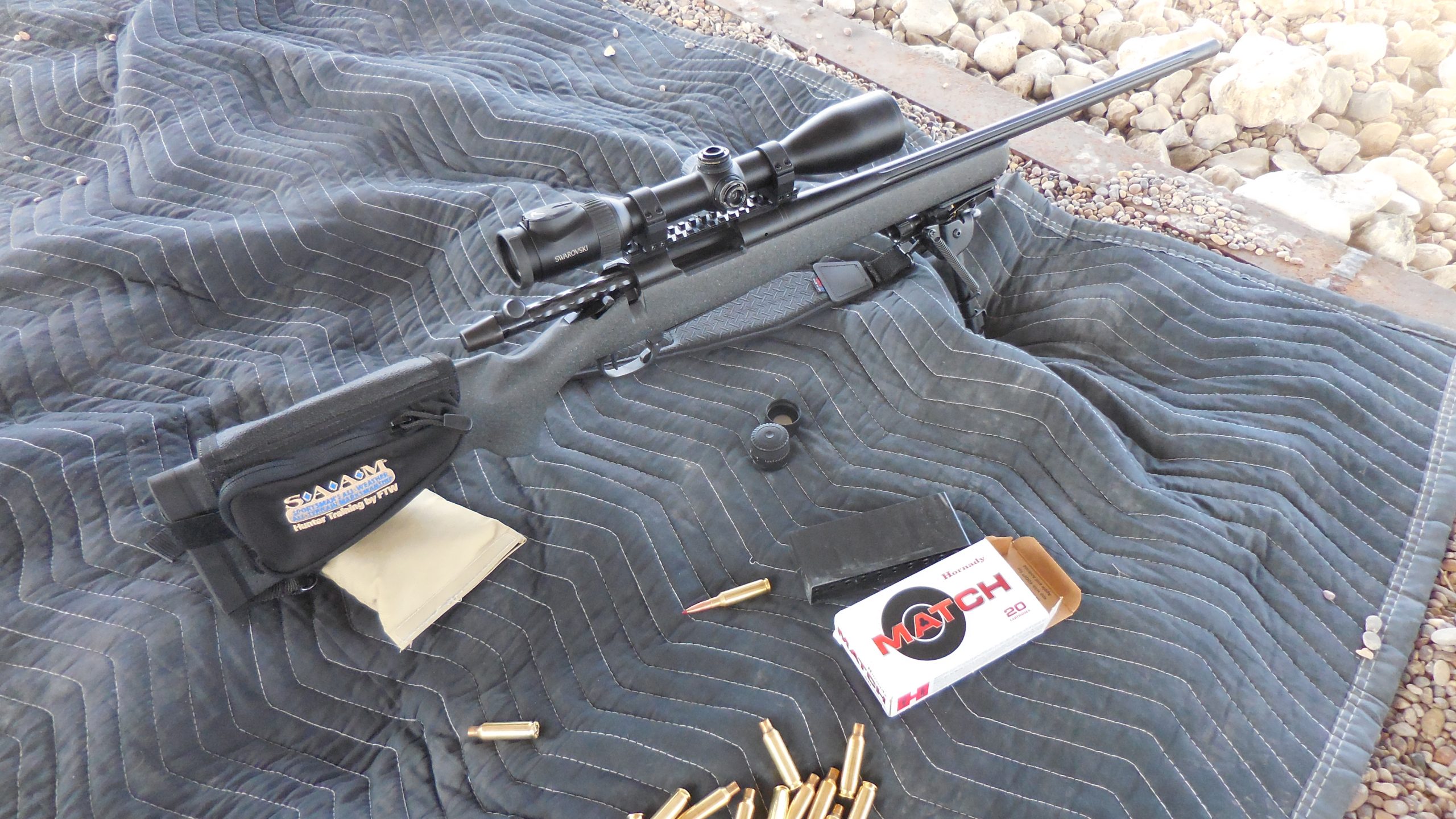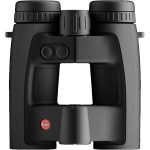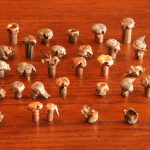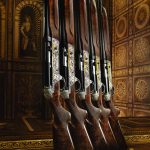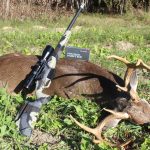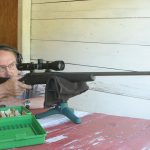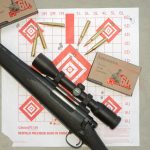The new owners at Remington have upgraded and modernized the classic M700, taking it to new heights.
Early in my gun writing career, one of the profession’s legendary names was among a group of writers invited by to tour some optics factories in Germany. After we got to know each other a little, I asked what he thought was the best factory rifle made in America, and he immediately answered: “The Remington 700.”
While this guy was an avid hunter, he was also an avid target shooter in various disciplines, from short-range benchrest to longer-range “position” shooting, so one of his primary rifle criteria was accuracy. Remington 700s were indeed very accurate, and in fact after a little extra “accurizing” one of my first 700s would group three shots in around an inch at 300 yards, with a 4x scope. This was the cheapest sporter-weight 700 then made, an ADL with a walnut stock featuring “impressed checkering”—and was not chambered in a varmint or “target” cartridge, but the .270 Winchester.
Since then, Remington has gone through some hard times, eventually resulting in the company declaring bankruptcy and its various divisions being sold to other companies. The firearms division ended up with a new investment group, and they made some major changes in the way Remington firearms are made—including 700s.
This was why a bunch of gun writers were recently invited to attend an event at the FTW Ranch in Texas, which has dozens of different ranges spread across 12,000 rugged acres in the Hill Country. I happily accepted. I have visited the ranch several times since 2010, so I knew there’s always something to be learned at the FTW.
The first lesson on this trip involved improvements that the new Remington Arms LLC has made to the 700. Both CEO Ken D’Arcy (who was between a couple of hunting trips) and Vice-President of Engineering Hunter Cummings gave presentations on these changes and introduced a new 700 called the Alpha 1.
The 700 originated as a more esthetic version of the 721/722 rifles the company introduced shortly after World War II, made with speeded-up manufacturing techniques developed during the war by a Remington engineer named Merle “Mike” Walker. Among other things, Walker essentially perfected the ”button” rifling method while making 1903A3 Springfield barrels–the same technique used by many, if not most, rifle-barrel manufacturers today. Another quick manufacturing technique used in both the 1903A3 and 721/722 was stamping rather than machining some parts.
Of course, Remington’s then-new sporting rifles were heavily criticized by “traditional” gun writers–but they cost less than traditionally made rifles, while often shooting more accurately, partly because Mike Walker was also a pioneer in the growing sport of benchrest shooting. The dressed-up version named the 700 appeared in 1962, and it sold so well it helped put an end to the pre-1964 Winchester Model 70–an excellent rifle, but made with traditional, slow and expensive methods.
During the pre-bankruptcy period, Remington’s quality-control went downhill—so when the new company started producing 700s, they eventually made several changes that addressed criticisms made over the years. While the Alpha 1 bolt resembles that of the original 700, it’s constructed very differently. Instead of the bolt body being several parts soldered together, the new body is one-piece and fluted for easier travel, and the extraction cam has also been changed to make opening the bolt easier.
The bolt handle now screws on—instead of being brazed, which occasionally resulted in the handle coming off. The screw-on handle not only attaches far more securely, but can be changed easily, which fits right into the modern “self-customizing” trend epitomized by AR-15s and Ruger 10/22s. The bolt-stop’s been changed from a sheet-metal stamping on the side of the trigger to a more conventional (and stronger) toggle on side of the receiver. The Alpha 1 also comes with a Picatinny rail mounted with 8-40 screws, instead of the traditional 6-48, and the trigger isn’t a Remington but a Timney Elite, adjusted to a 3-pound pull.
The barrels have also been upgraded, first by using better steel. The rifling itself is now what’s called 5R. Rather than featuring traditional 4- or 6-groove rifling, which places lands and grooves opposite each other, five grooves place the lands opposite the grooves, resulting in less bullet deformation. The two sides of each land also slope inward slightly, for the same reason. The barrels also feature the popular 11-degree “target” crown, and their muzzles are threaded for various attachments, with a cap to protect the threads when nothing’s attached.
The rifling twists for some cartridges have been tightened to handle longer, higher-BC bullets, good examples being the 1:8 twist in Alpha 1 .243 Winchesters and 7mm Remington Magnums. Magazines and ejection ports are longer to better handle such bullets, and the barrels fluted to save weight. All of this is held in a stiff carbon composite stock, featuring a Pachmayr recoil pad.
Additionally, actions, bolts, and barrels are made so precisely that any Remington bolt and barrel of the correct size can now be switched—and chamber headspace will remain the same. 700s have always been pretty precisely made, the reason many gunsmiths (both professional and amateur) have been switching barrels on them for decades, but the headspace doesn’t always remain within industry limits.
Longtime custom gunsmith Charlie Sisk and I (a long-time amateur gunsmith) have compared our experiences in switching 700 barrels, and we’ve both found headspace is OK about 75 to 80 percent of the time—which ain’t bad. But with the Alpha 1, it’s 100 percent, saving amateurs with barrel vises a trip to a professional gunsmith.
Half the rifles tested were 700 Elite 1s in 6.5 Creedmoor with 22-inch barrels, but the other half were a version of the Model 700 Long Range chambered in 7mm PRC. The barrels weren’t fluted, and the rifles weighed more, around nine pounds including their Swarovski X5i scopes. The ammunition was Hornady ELD Match, the 6.5 Creedmoors loaded with the 147-grain ELD-M bullet at a listed 2,675 fps, and 7mm PRCs with the 180-grain ELD-M at 2,975.
The first day, half of us shot the 6.5 Creedmoors and half shot the 7mm PRCs—then switched to the other rifle during the second day. All the shooting was done from prone with bipods, and after each shooter sighted-in at 100 yards (generally resulting in three shots touching, or nearly so), we started shooting at gongs.
The standard gong setup at the FTW is a 9-inch round gong, representing the vital zone of a typical deer-size big-game animal, with a smaller gong next to it. The drill was to first shoot the big gong, then as quickly as possible shoot the smaller one–and the new 700 bolt design made this noticeably easier when shooting from prone.
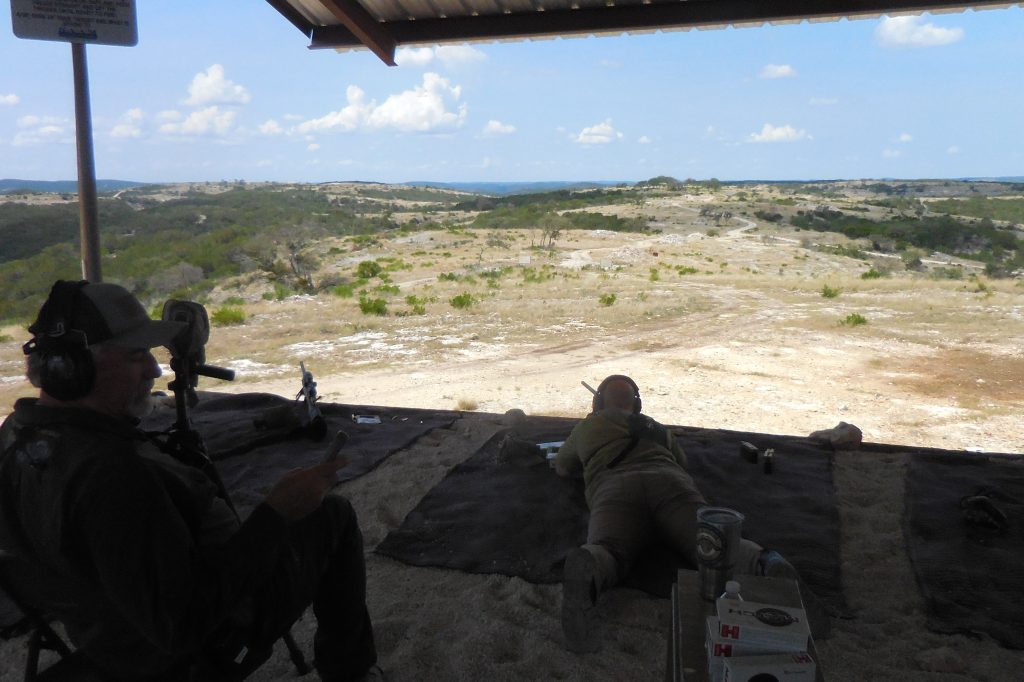
The first day my squad shot the 6.5 Creedmoors, out to around 600 yards. While South Texas was hotter than usual (though no hotter than summer back at my home in southwestern Montana), there wasn’t much wind. It was relatively easy to hit both gongs—as long as the barrels didn’t get overheated, which can also affect the scope’s view. Each squad’s shooters rotated shooting at each pair of gongs, so the barrels didn’t get super-hot—and the Swarovski scopes performed perfectly during a bunch of dialing up and down.
The next day we shot the 7mm PRCs on a longer range, with a pair of gongs every 100 yards out to 800. I almost ran the pairs “clean” out to 800, but missed one small gong with the first shot, then hit it with a second. Most of the other shooters did just as well, and our general impression was that the 7mm PRC, with that particular ammo, was among the most wind-resistant and accurate loads we’d ever tried, especially in a relatively lightweight rifle.
The 6.5 Creedmoor Elites showed up on Remington’s website soon after the Texas shoot, but it took a little longer for the 7mm PRC to appear in the listings of their 700 Long Range model. Now that it has, I know several people who are going to buy one ASAP—including somebody I know particularly well!

